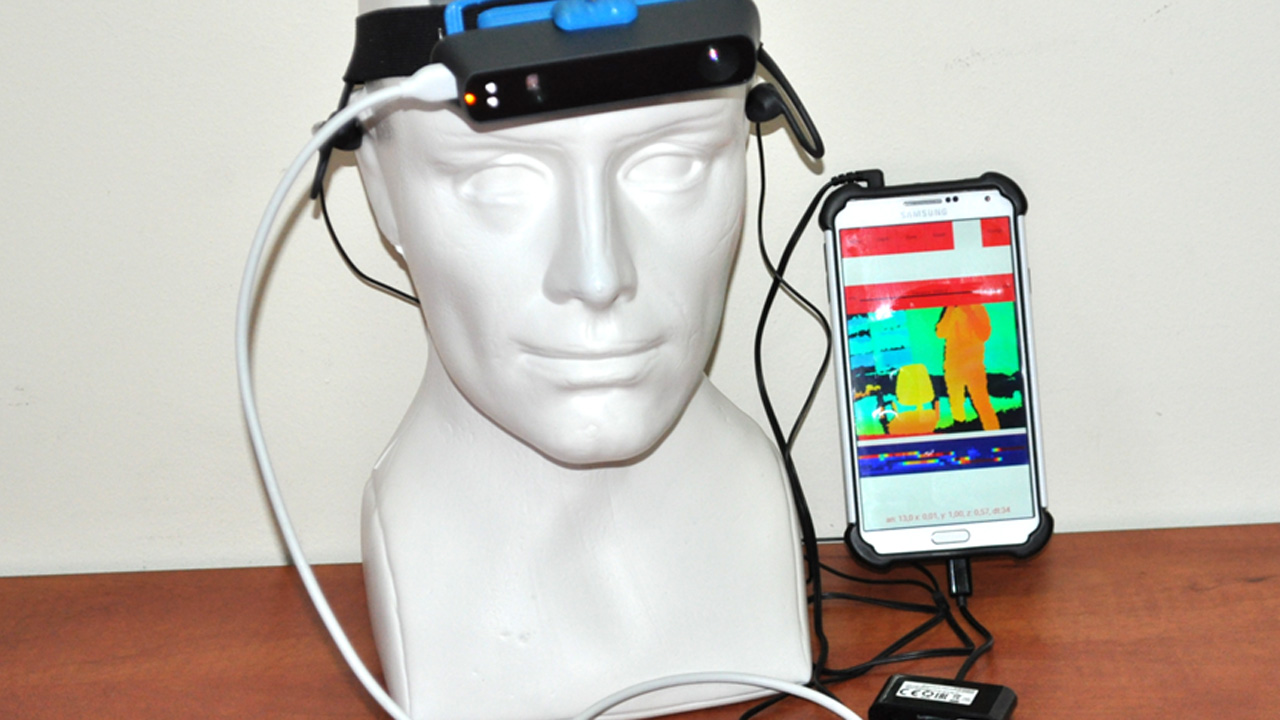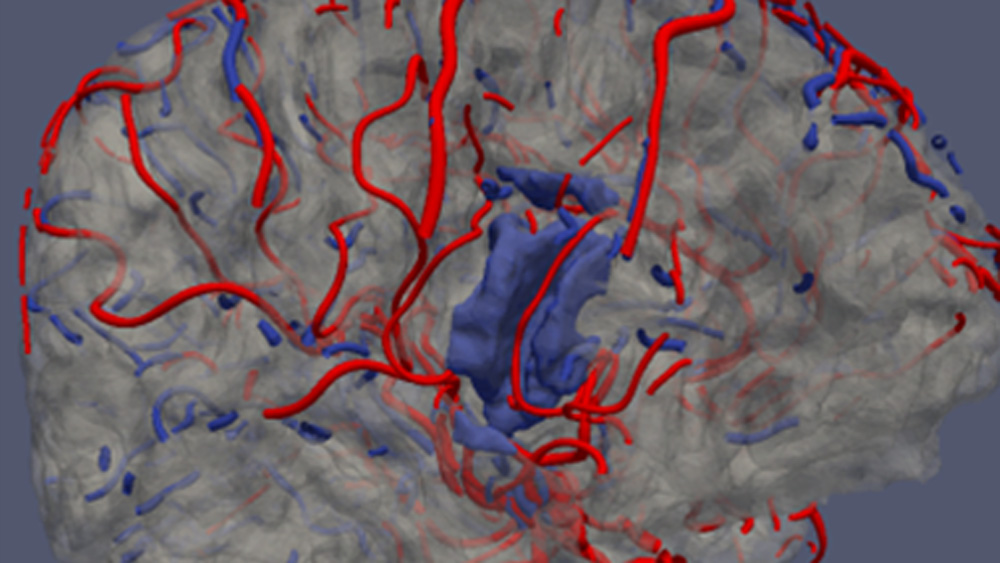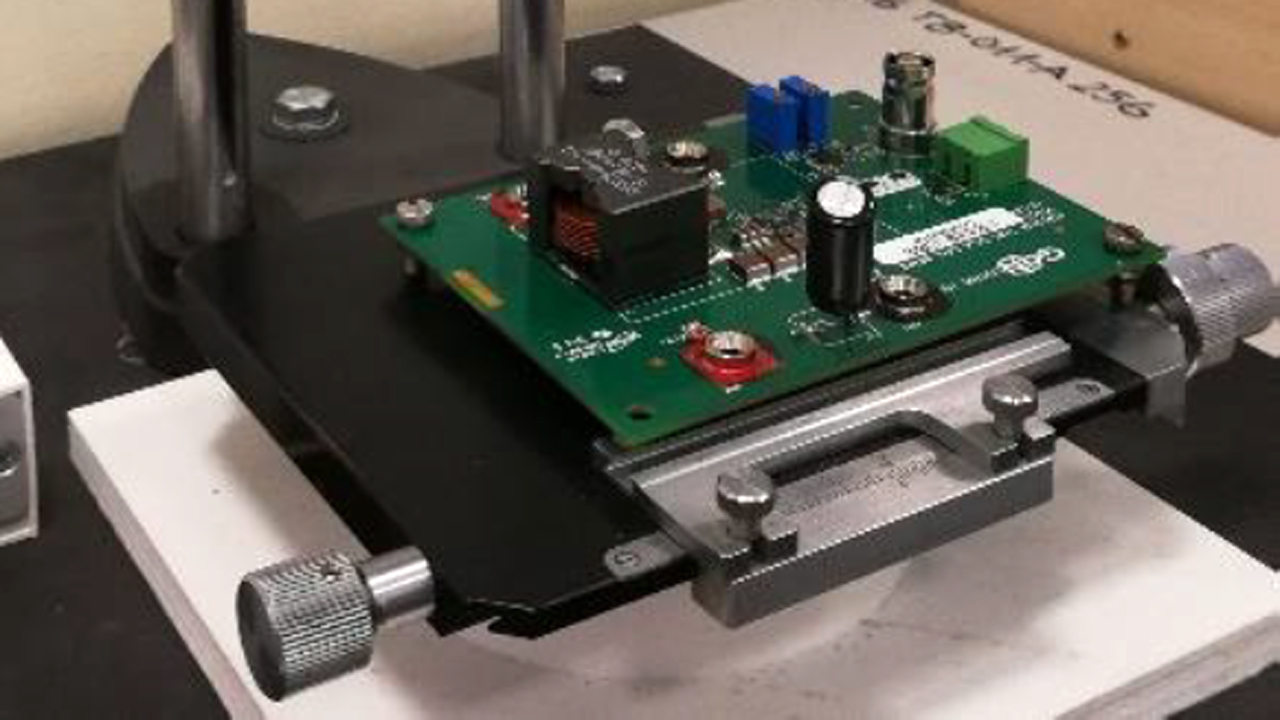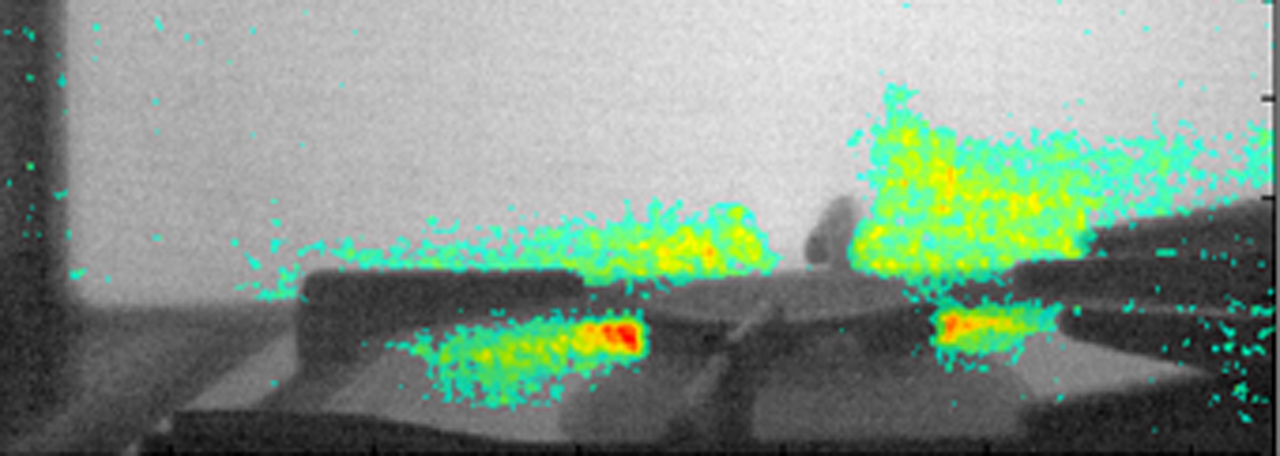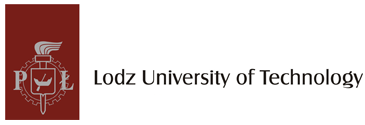Accessibility of Information and Communication Technologies

Motivation
In the era of the information society, the computer has become an indispensable personal tool used in in fact in every area of life. Information and communication technologies (ICT) should be available to all potential users, regardless of their age, disability or type of equipment used. Therefore, it is necessary to design these tools according to the principles of universal design for ICT and recommendations described in three documents prepared by the W3C (World Wide Web Consortium): Web Content Accessibility Guidelines (WCAG), Authoring Tool Accessibility Guidelines (ATAG) and User Agent Accessibility Guidelines (UAAG).
- Research directions
Accessibility analysis and design of IT tools in accordance with the guidelines given in W3C recommendations provides access to these technologies for people with various types of disabilities. Education is an extremely important part of everyone's life. Currently, many IT tools are used in teaching, such as e-learning platforms and Massive open online courses (MOOCs). The availability of these tools for the widest possible group of users is therefore very important.
- Achievements
At the Institute of Electronics we work on the analysis of the accessibility of ICT in cooperation with the research group from Oslo Metropolitan University, Norway. Research topics include analysis of the accessibility of e-learning platforms used at Polish and Norwegian universities, such as Moodle, Canvas or Its Learning, as well as the evaluation of massive open online courses, e.g. Coursera website. The tests include various groups of users (e.g. people with physical disabilities, visually impaired users or the blind), as well as various supporting technologies, e.g. screen readers, binary interfaces, or b-Link application, which is an eye-blink controlled human-computer interface developed at the Institute of Electronics in cooperation with Orange Labs (https://sourceforge.net/projects/b-link/files/).
Research results indicate that most of the accessibility guidelines are implemented only partially in the e-learning systems. To ensure full access, a number of recommendations have been defined, such as the need to add descriptions to multimedia files and images, which allows full understanding of content for deaf, blind and visually impaired users, or grouping of elements and defining headers and markers, which facilitates navigation by people with physical disabilities. Studies of open online courses have shown that, despite the accessibility policy, blind users also encountered difficulties such as accessibility problems in various web browsers or the lack of access from the keyboard and assistive devices to radio buttons in the assessment form, which prevented them from completing the course.
- Perspectives
Future works includes extended research with larger groups of participants with different types of disabilities. The acquired competences are used during works on improving IT tools and websites of Lodz University of Technology and in actions taken to eliminate barriers in access to higher education.
- Contact persons
- Relevant publications
- A. Królak, W. Chen, N. C. Sanderson, S. Kessel: The Accessibility of MOOCs for Blind Learners, ASSETS '17: Proceedings of the 19th International ACM SIGACCESS Conference on Computers and Accessibility, pp. 401–402, 2017
- A. Królak: Aplikacja b-Link jako narzędzie wspomagające nauczanie osób z niepełnosprawnościami narządów ruchu, Społeczeństwo włączające a komunikacja, Wydawnictwo Naukowe Uniwersytetu M. Kopernika, 2017
- A. Królak: Ocena wybranych platform do e-Learningu pod względem dostępności dla osób z niepełnosprawnościami i zgodności z zasadami projektowania uniwersalnego, Ekonomia - Wroclaw Economic Review, 23(1), 2017
- W. Chen, N. Sanderson, S. Kessel, A. Królak: Heuristic evaluations of the accessibility of learning management systems (LMSs) as authoring tools for teachers, First Monday, 2015


